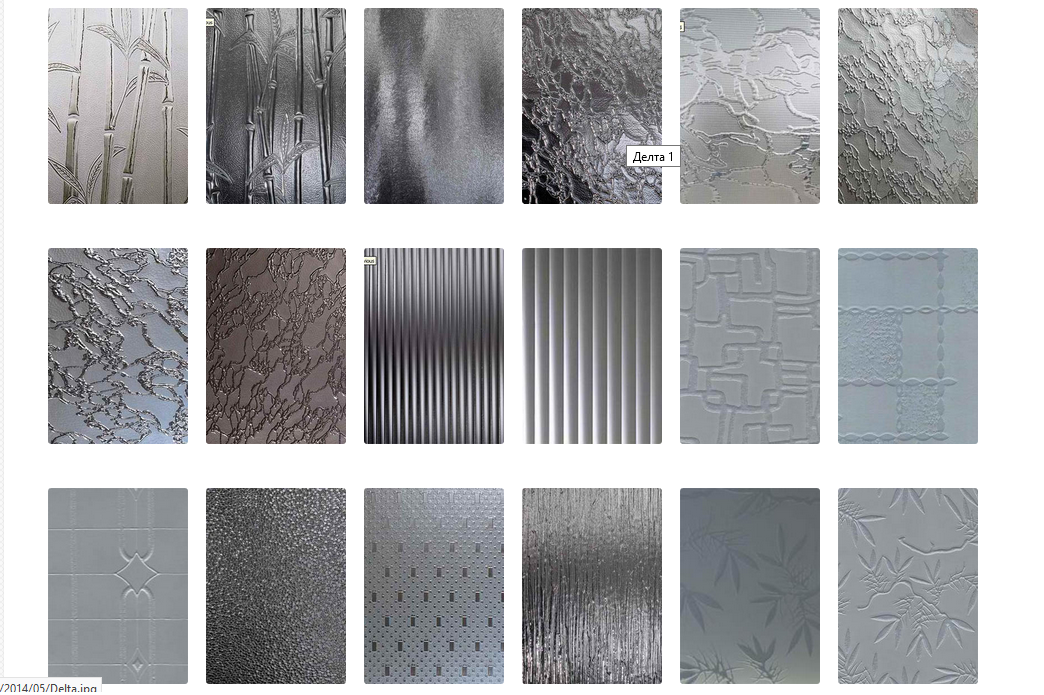GLAZING
The technical characteristics of the windows and doors as well as the choice of glass are very important elements for improving the quality of life in the different rooms of the house.
The choice of glass has a central role in achieving high performance of the frame, on which thermal insulation for all seasons depends, generating significant energy savings.
The glass is made up of two or three sheets of glass, an aluminum channel or warm edge and one or more air chambers filled with gas
.
Low-E glass
Low-E glass, thanks to a treatment that is applied to one of the sheets of the double glazing, allows the heat inside the home not to escape outside.
Basically, when the heat meets the glass sheet with the low-emissivity treatment, it "bounces" off it and returns inside, thus reducing the dispersion of the heat contained inside your home.

Selective Glass
Thanks to specific treatments, selective glass "selects" the solar energy that will enter your home, avoiding as much as possible ultraviolet and infrared radiation that the human eye cannot see (but they bring heat) and lets the spectrum pass through. of visible light. .
Practically, external heat will not enter inside, preventing the rooms from reaching excessive temperatures
.Thermix spacer
Energy losses from windows and doors occur mostly along the perimeter edges. These losses are caused by so-called thermal bridges.
Compared to the traditional cold aluminum spacer, the warm edge spacer allows a further improvement in thermal transmittance in the windows by approximately 10%, both in hot and cold seasons
.
ORNAMENTAL GLASS

